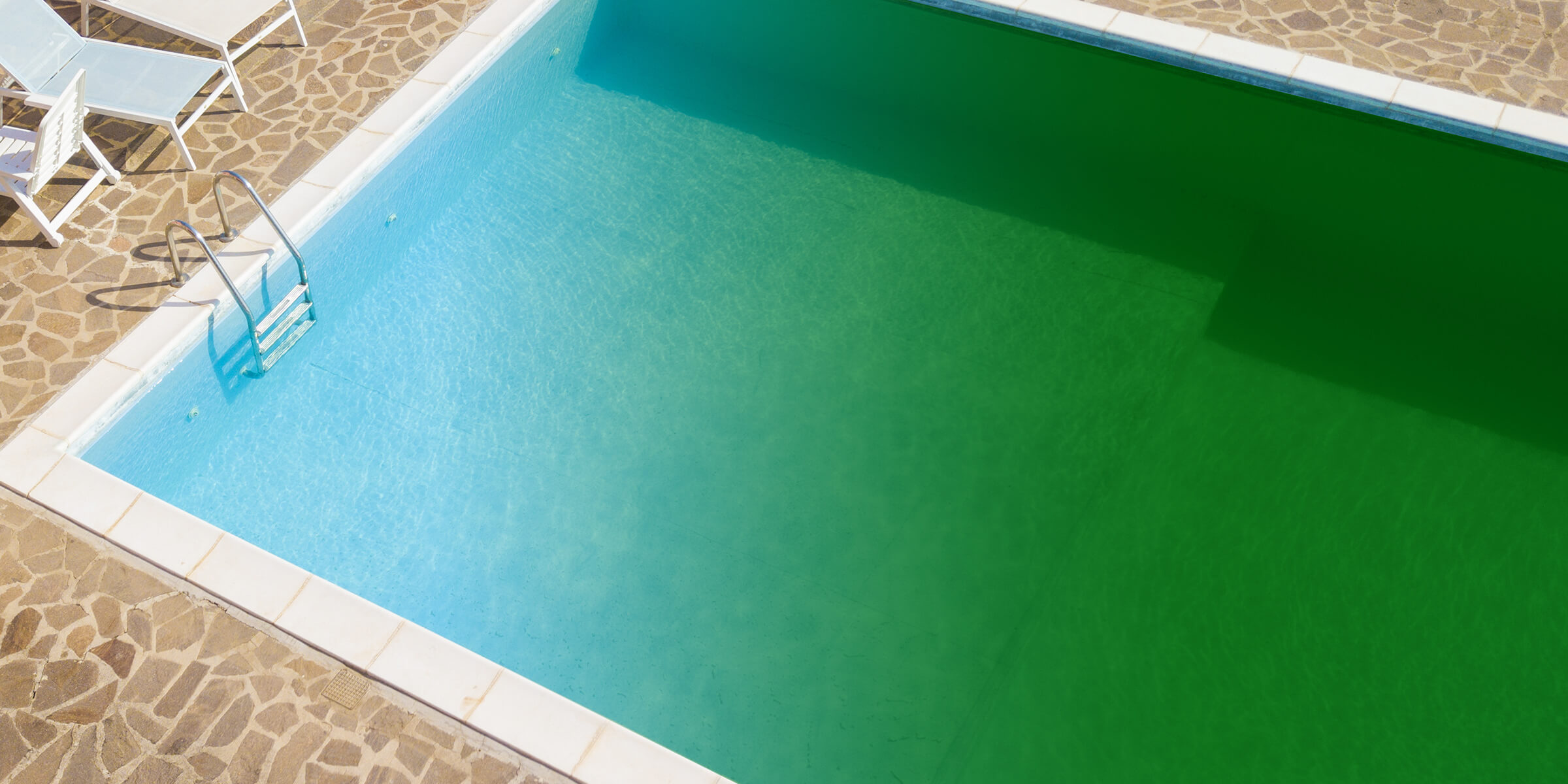If your pool is looking like a swamp, rest assured you are not alone! Many of us have faced the dilemma of a green pool, which doesn’t just look uninviting but can also be very unpleasant to swim in.
If you are wondering why your pool has turned green and what you need to do to fix it to its usual pristine state, keep reading or watch our video above – we have put together this helpful blog and video with everything you need to know.
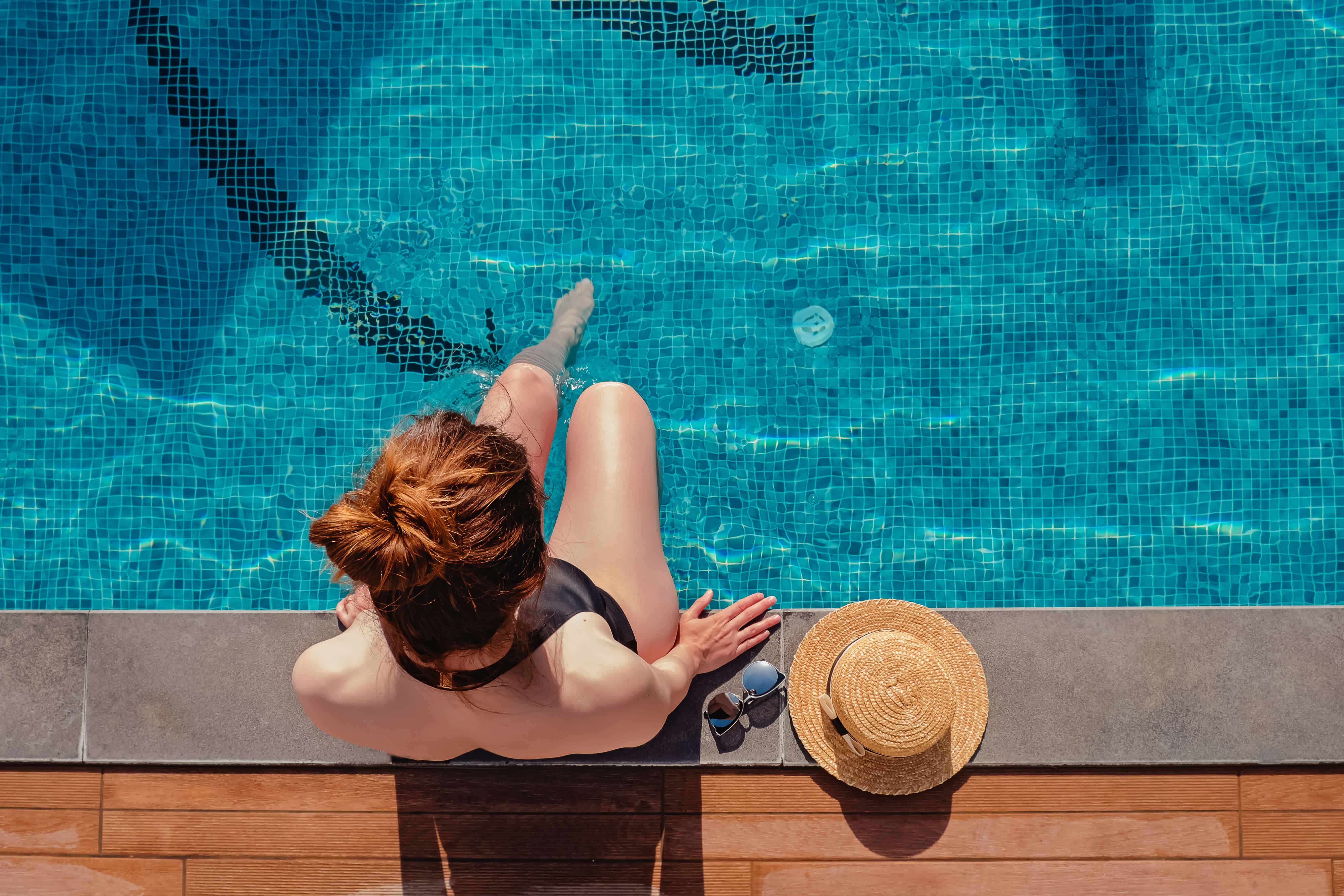
How to Clean A Green Pool: The Water Treatment Process
How to Clean A Green Pool: The Water Treatment Process
Your pool might be green but it doesn’t need to stay that way. If you are wondering how to fix green pool water, there are straightforward strategies that guarantee great results.
Testing
Testing your water will indicate why it is green in the first place. Most likely, something is off with the chemical balancing and having your water assessed using the Hy-Clor testing kits and Hy-Clor App, will help accurately identify the issue – and present the best green pool recovery solution.
Firstly, start by testing the pool water to ensure the pH is between 7.2 and 7.6 and make sure to test the water weekly at the same time of the day.
By placing your thumb over the testing bottle, take a water sample elbow deep at the deep end of the pool.
Correctly adjusted water will significantly reduce the costs of maintaining a pool and keep your swimming experience enjoyable.
All Hy-Clor Test Strips found here: Pool & Spa Testing

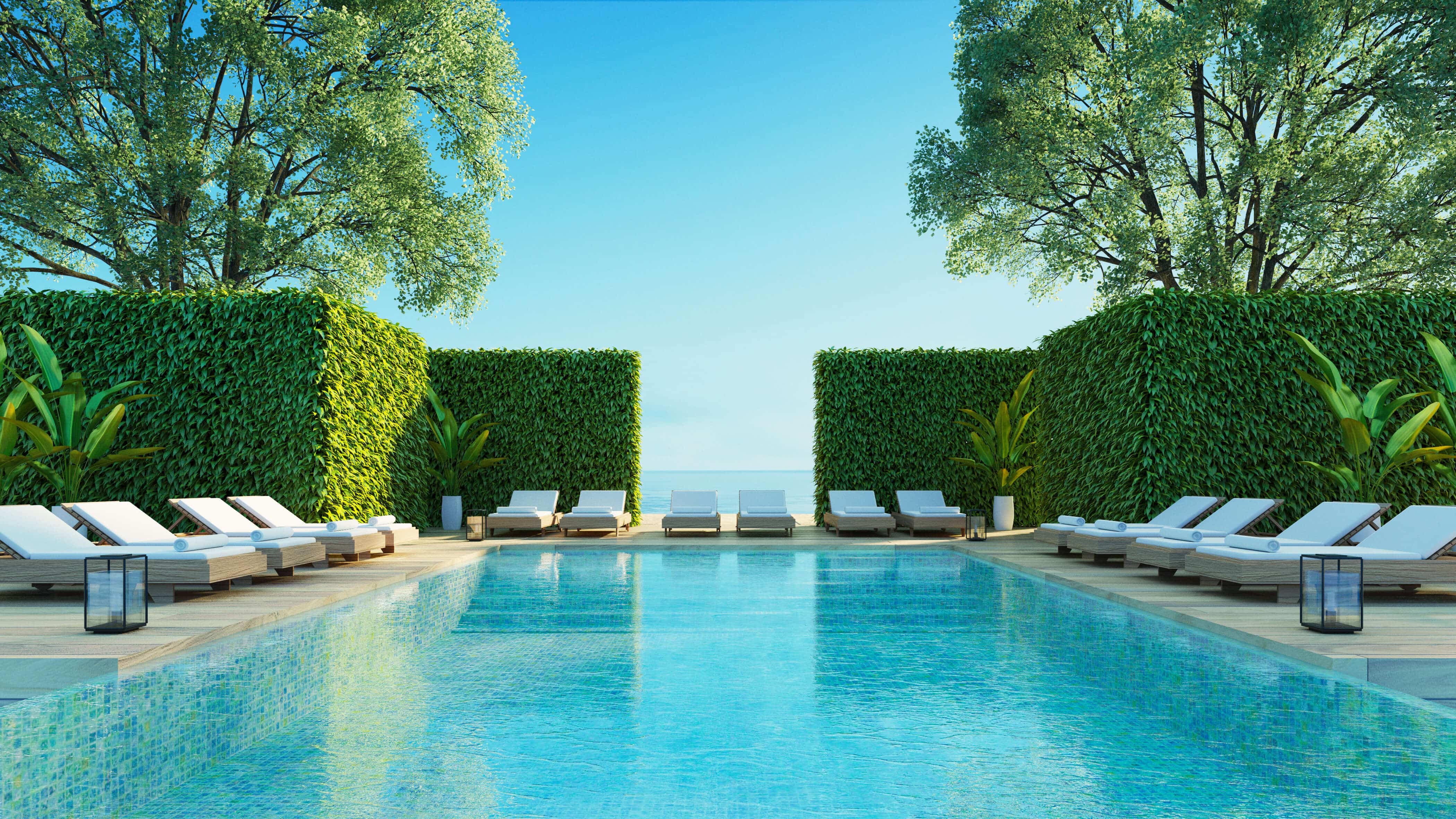
Balancing
If your pool water concentration is out of balance, adjusting the chemical levels can restore the clarity of the water, prevent any health risks or equipment breakdown and ensure you keep getting the most out of your pool.
Testing gives you an idea of the levels of alkalinity, pH, calcium and chlorine in your pool water and it is from this testing that you can balance effectively.
After you have tested the water, run the pool pump continuously for the next 24 hours.
You will need to make sure the skimmer basket is empty of debris and that you have brushed the pool walls thoroughly.
A stabiliser helps protect your pool’s chlorine from UV rays and salt is crucial for conversion to chlorine.
When your alkalinity is balanced, you will limit any rapid pH changes and control your pH overall, thus maintaining water quality.
Make sure you only add one chemical at a time and distribute them with the help of your pump.
Chlorinating
Chlorine is a sanitiser which protects your pool water against contaminants.
We know that low chlorine levels can turn your pool water green.
Your continuous chlorine level should always be between 1 and 3 parts per million to prevent algae overgrowth, bacteria increase and unsanitary water.
You have a few options when it comes to chlorinating your pool:
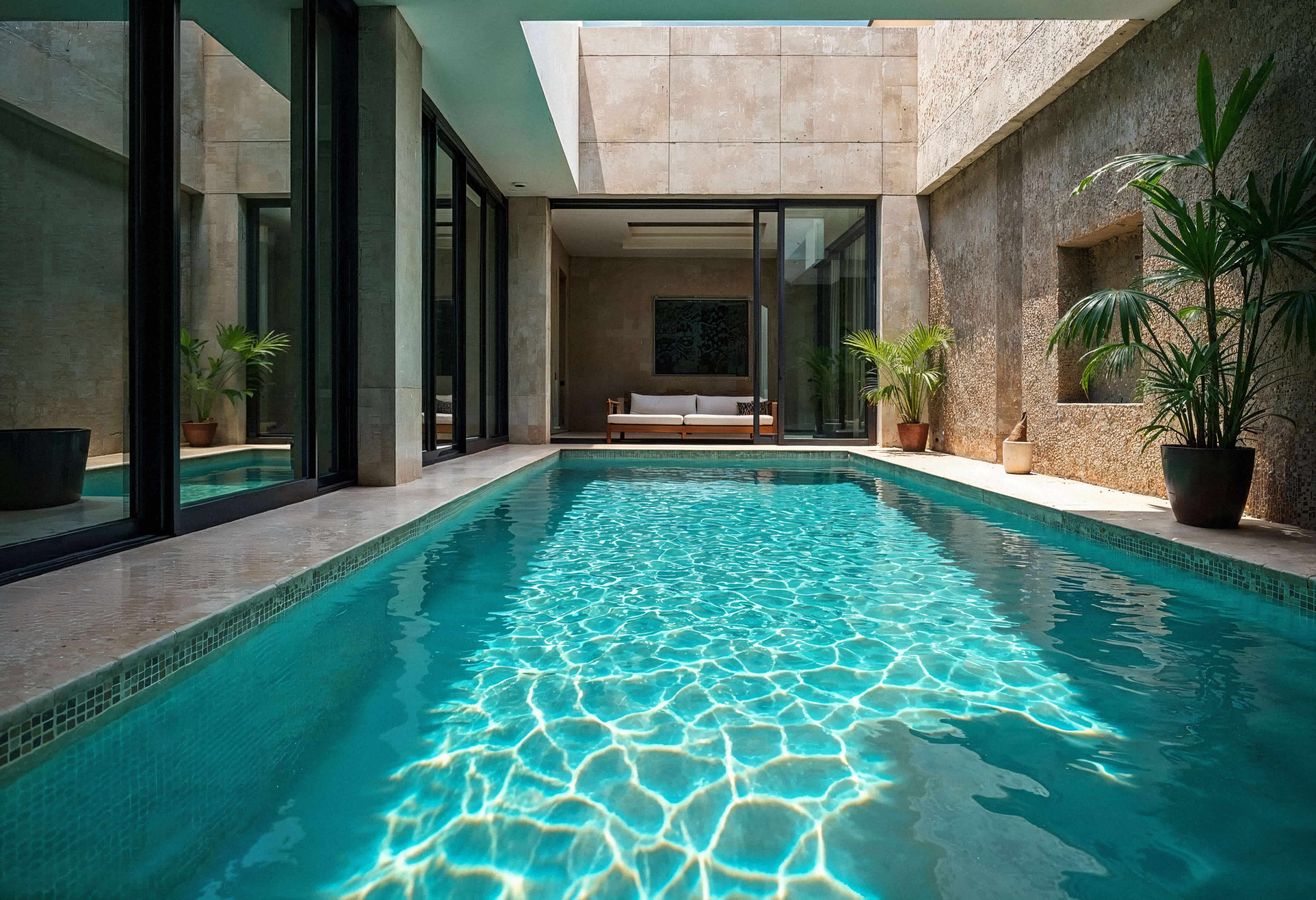

Using Algaecides
Algae can grow fast. It loves high pH levels, low chlorine levels, poor filtration and warm water.
Green algae can usually be easily controlled, while yellow and black algae are often more difficult to eradicate.
You can effectively prevent algae by monitoring pH and chlorine levels and by using a combination of algaecide and phosphate remover to remove any food source keeping the algae thriving.
A clarifier will also improve filtration.
Removing algae is pretty straightforward:
- Scoop out any visible algae
- Use a brush to break up hard spots on your pool surfaces and ladder
- Following the instructions, add Hy-Clor’s Super Algaecide to help your pool stay clear of algae.
If not treated, algae grows fast and can turn clean water into a cloudy or green unattractive pool overnight.
Using Clarifiers
Cloudy water is usually caused by environmental, filtration, or chemical factors.
To get your pool water back to its crystal-clear state, you can add in Hy-clor’s Water Clarifier.
By doing so you will be able to bind small particles together so that they may be captured by your filter.
If you have a sand filter, also add Hy-Clor’s Cloud Out tablets directly to the skimmer.
Keeping your pool or spa water clear and sparkling not only looks great but assists your filtration system, reducing the amount of chlorine and other chemicals used which helps reduce overall pool running costs.
Next, the filter needs to be backwashed or if you have a cartridge filter clean that again to remove the dead algae.
You can also use a flocculent to drop all debris onto your pool floor – you will need to vacuum it up the next day.
Lastly, re-test the water to ensure it is balanced by using the Hy-Clor app, giving you the advice on the quality of the water and what products are required to keep it crystal clear.
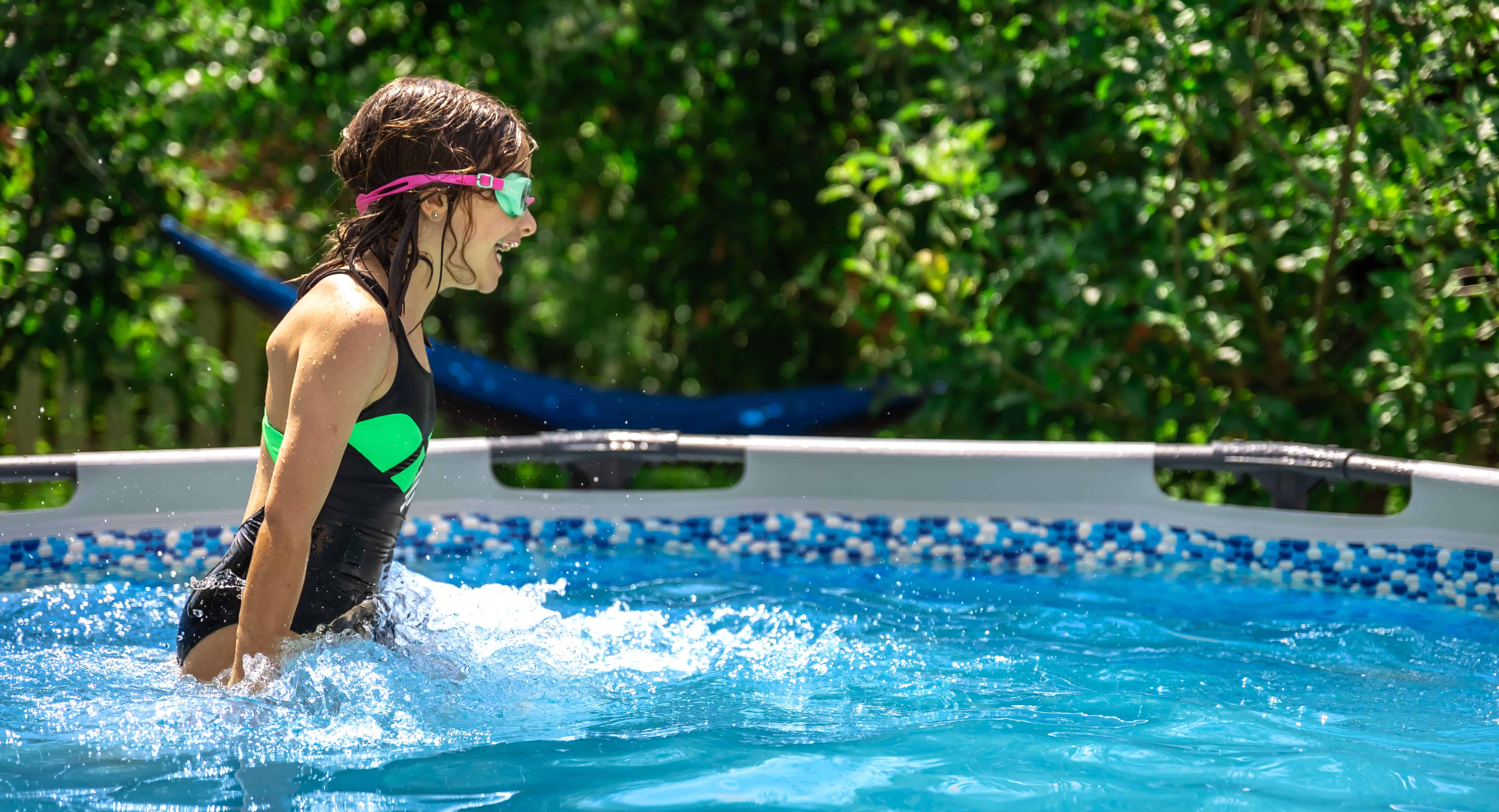

How to Make a Green Pool Fix Permanent
Keeping your pool pristine isn’t as difficult as you might think.
It all really comes down to knowing why your water is going green in the first place.
Keeping up with regular green pool water treatments, such as testing and balancing, covering your pool, knowing how to clean green pool water, and making sure your filter is working properly, are all great ways of keeping your water pristine.
FAQs about Green Pool Recovery
You may have algae growing on the walls of your pool. A brush can help loosen the algae and a test can indicate any issues with levels.
Baking soda naturally gets rid of algae, so is a good spot treatment, but we generally do not recommend it as a method to restore pool water. Too much can affect the alkalinity and cause issues down the track.
Yes. While chlorine prevents algae, adding too much chlorine can also cause metals to oxidise and turn your pool a different green altogether.
If you are wondering how to fix a green pool fast, use shock treatment for almost instantaneous results.
You should see results within about 24 hours of treating your pool.
Recover Your Favourite Pool
Green pool water can be a worry, but there are effective fixes to get your pool looking as good as new again.
Regular testing and chemical balancing can help you keep algae and other potential contaminants at bay.
Our HY-CLOR team is on hand to offer green pool recovery, so contact us today.
You can view Hy-Clor’s quality products at Bunnings online or take your water sample into your nearest Bunnings and use our state-of-the-art Hy-Clor kiosk to test your water and get started with Hy-Clor’s products to recover and fix your green pool.




